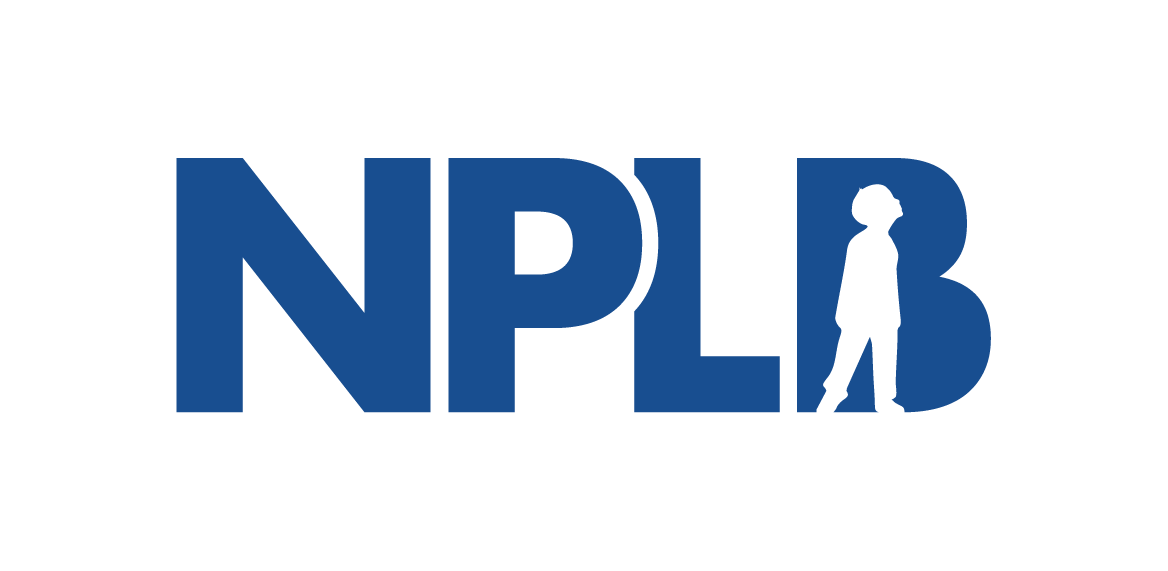Statement / Background Info Regarding the Institute for Clinical and Economic Review’s (ICER) Proposed Value Assessment Framework
Statement from Peter Rubin, Executive Director of No Patient Left Behind:
“ICER’s ‘updated’ methodology falls far short, seeks to delay much-needed changes, and even then still does not sufficiently incorporate the patient and societal benefits of innovative treatments. ICER acknowledges that their math is flawed, but the devil is in the details as to whether and how they actually try to fix it. Among its remaining flaws, ICER’s latest updates continue to omit stacked cohorts, notably ignoring all the patients who will benefit from a medical advance after it’s generic.
“While it’s good to see ICER recognizing that their past methods were deficient, these changes only scratch the surface of the fundamental problems that have led them to systemically undervalue critical medications, urging policy that would limit access and drive up costs for patients and society as a whole by discouraging what are actually long-term cost saving advances. For cost-effectiveness analysis to be meaningful, it needs to reflect how value works for patients, caregivers, and everyone else in the real world and benchmark to the gold standard of the market itself. ICER’s methodology does not.”
ICER's new update follows a report released by No Patient Left Behind earlier this month that highlighted major flaws in the organization’s costeffectiveness analysis (CEA) methodology. NPLB’s report reviewed 20 medications that had previously been assessed by ICER using their traditional methodology. Under ICER’s approach, only eight of the 20 medications in the study were deemed to have sufficient value to patients to justify their prices at or before launch. However, when independent experts updated the math to model just some of the additional elements of value that medicines offer to society, they found that at least 17 of the drugs provided good value for money. For example, the ICER model assumes that a drug will always cost whatever its list price is during the first year it becomes available; assumes that the patient population for every disease remains stagnant; and fails to contextualize disease severity.
Consistent with ICER’s previous models, Monday’s ‘update’ contains a number of flaws, including:
ICER is slow-walking updates pending review by the same self-appointed advisors who’ve consistently resisted better, more comprehensive CEA. These updates include: o Dynamic pricing/genericization & disease prevalence; o GRACE/disease severity and health risk reduction; o Caregiver spillover.
ICER continues to feature a limited health system perspective and continues to ignore quantifiable, real world value estimates from a societal perspective: o By not including stacked cohorts, the revised framework does not account for patients who will be treated in the future.
ICER ignores contemporary views on using a lower discount rate when looking at long term benefits of current expenditures/investments.
The Office of Management and Budget recently updated the discount rate to 1.9 percent, while ICER’s model continues to use a rate of 3 percent.
Using a high rate like 3 percent is akin to saying that the future doesn’t matter much. Were society to truly believe that the future should be discounted at that high rate, we would neither prioritize technologies to reduce carbon emissions nor novel antibiotics, yet we are.
NPLB is taking a deeper dive into ICER’s revised framework and will be publishing a more detailed analysis of its key flaws and omissions.
